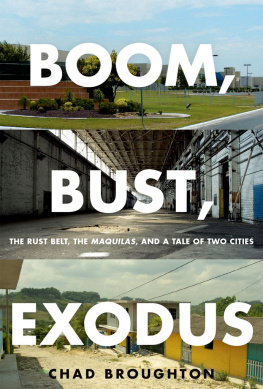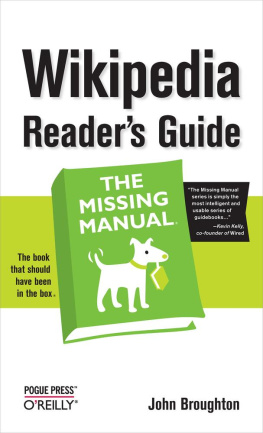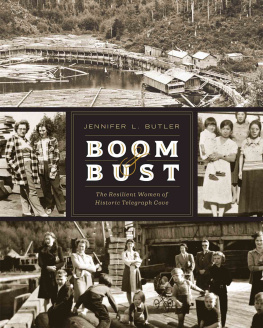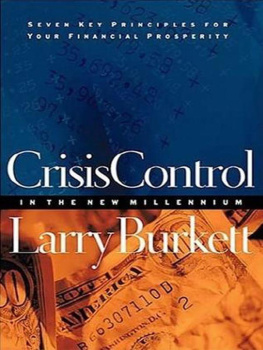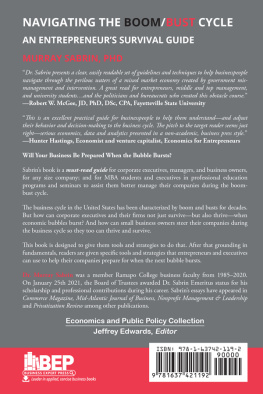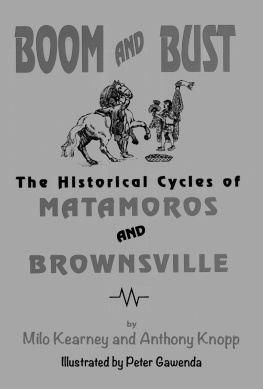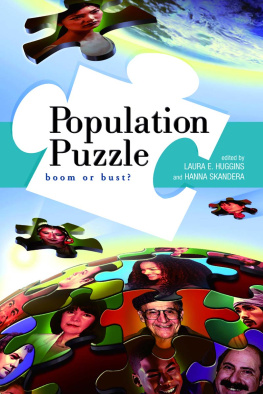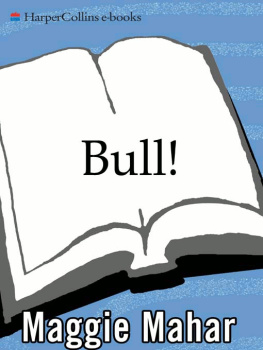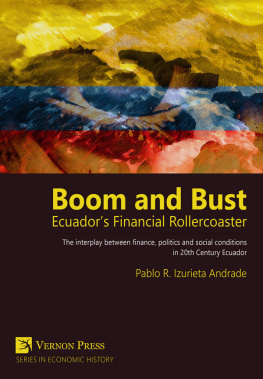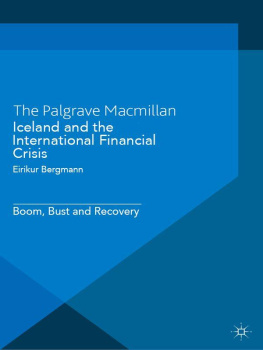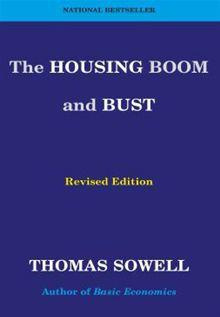Broughton - Boom, Bust, Exodus
Here you can read online Broughton - Boom, Bust, Exodus full text of the book (entire story) in english for free. Download pdf and epub, get meaning, cover and reviews about this ebook. City: Oxford, year: 2015;2014, publisher: Oxford University Press, genre: Non-fiction. Description of the work, (preface) as well as reviews are available. Best literature library LitArk.com created for fans of good reading and offers a wide selection of genres:
Romance novel
Science fiction
Adventure
Detective
Science
History
Home and family
Prose
Art
Politics
Computer
Non-fiction
Religion
Business
Children
Humor
Choose a favorite category and find really read worthwhile books. Enjoy immersion in the world of imagination, feel the emotions of the characters or learn something new for yourself, make an fascinating discovery.
- Book:Boom, Bust, Exodus
- Author:
- Publisher:Oxford University Press
- Genre:
- Year:2015;2014
- City:Oxford
- Rating:5 / 5
- Favourites:Add to favourites
- Your mark:
- 100
- 1
- 2
- 3
- 4
- 5
Boom, Bust, Exodus: summary, description and annotation
We offer to read an annotation, description, summary or preface (depends on what the author of the book "Boom, Bust, Exodus" wrote himself). If you haven't found the necessary information about the book — write in the comments, we will try to find it.
Boom, Bust, Exodus — read online for free the complete book (whole text) full work
Below is the text of the book, divided by pages. System saving the place of the last page read, allows you to conveniently read the book "Boom, Bust, Exodus" online for free, without having to search again every time where you left off. Put a bookmark, and you can go to the page where you finished reading at any time.
Font size:
Interval:
Bookmark:

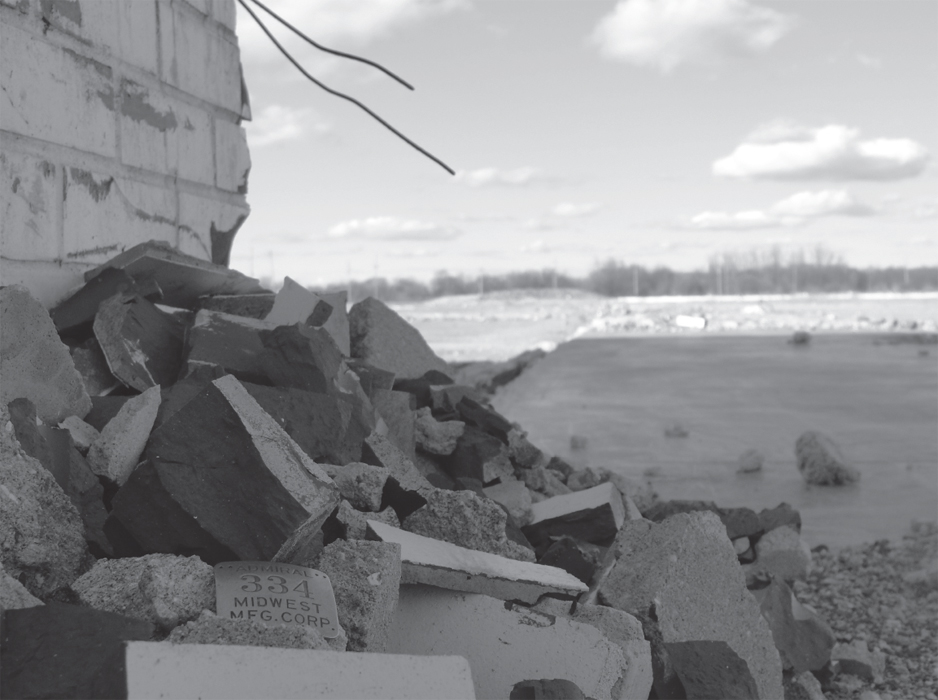

Oxford University Press is a department of the University of Oxford. It furthers the Universitys objective of excellence in research, scholarship, and education by publishing worldwide.
Oxford New York
Auckland Cape Town Dar es Salaam Hong Kong Karachi
Kuala Lumpur Madrid Melbourne Mexico City Nairobi
New Delhi Shanghai Taipei Toronto
With offices in
Argentina Austria Brazil Chile Czech Republic France Greece
Guatemala Hungary Italy Japan Poland Portugal Singapore
South Korea Switzerland Thailand Turkey Ukraine Vietnam
Oxford is a registered trademark of Oxford University Press in the UK and certain other countries.
Published in the United States of America by
Oxford University Press
198 Madison Avenue, New York, NY 10016
Chad Broughton 2015
All rights reserved. No part of this publication may be reproduced, stored in a retrieval system, or transmitted, in any form or by any means, without the prior permission in writing of Oxford University Press, or as expressly permitted by law, by license, or under terms agreed with the appropriate reproduction rights organization. Inquiries concerning reproduction outside the scope of the above should be sent to the Rights Department, Oxford University Press, at the address above.
You must not circulate this work in any other form and you must impose this same condition on any
Library of Congress Cataloging-in-Publication Data
Broughton, Chad.
Boom, bust, exodus : the Rust Belt, the maquilas, and a tale of two cities / Chad Broughton.
pages cm
Includes bibliographical references and index.
ISBN 9780199765614 (hardback)
eISBN 9780199335978
1. Galesburg (Ill.)Economic conditions. 2. Reynosa (Tamaulipas, Mexico)Economic conditions. 3. Working classIllinoisGalesburg. 4. Working classMexicoReynosa (Tamaulipas) 5. Maytag CorporationEmployees. 6. Offshore assembly industryMexicoReynosa (Tamaulipas) 7. GlobalizationSocial aspectsIllinoisGalesburg. 8. GlobalizationSocial aspectsMexicoReynosa (Tamaulipas) 9. Galesburg (Ill.)Social conditions. 10. Reynosa (Tamaulipas, Mexico)Social conditions. I. Title.
HC108.G26B76 2015
330.977349dc23
2014008029
To Mona
ILLINOIS ROUTE 41 cuts straight through a flat landscape of corn and soybean fields that turn a lush myrtle-green in late summer. After you pass the last farmhouse on this southern approach to town, you may hear the metallic clang of rail cars being jostled into place in the switching yard. A modest wood sign proclaims, Welcome to Galesburg.
Behind the welcome sign is a vacant parking lot scattered with concrete blockades and rubble. And behind the parking lot rises a massive white-gray box of a building. A stylish cobalt-blue line wraps around its roof like a gigantic ribbon around a gift box. Several years ago you could have made out MAYTAG, but the outlines of the letters have faded. Now there is only a pockmarked facade with spots of flaking paint, discolored exterior panels, and two big Available signsone with an 1-800 number and another advertising what remains of the empty giant, Plus or Minus 707,624 Square Feet.
Most Galesburg residents still remember this place as a source of pride and bustle. It went by many namesCoulter Disc, Midwest Manufacturing, Admiral, Galesburg Refrigeration Productsbut Appliance City fit it best. That was the nickname of its heyday, when the factory itself had a population of 5,000. For over a century, men and women in the factory assembled farm equipment, kitchen cabinets, freezers, war munitions, military aircraft parts, microwaves, air conditioners, and millionstens of millionsof refrigerators. If you bought a Maytag refrigerator in the 1990s or early 2000s, it was designed, manufactured, and trucked to your Sears or Home Depot from this spot.
Before Maytag, products from Admiral, Rockwell International, and Magic Chef emerged from Appliance City, which buzzed with continuous vitality in the heady postwar decades of heavy kitchen consumption. It drew in steel sheets, copper tubing, insulation, paint, and tar and converted this stew of raw materials and parts from across the globe into side-by-side refrigeratorsan Appliance City specialty since 1960by means of homegrown blueprints, concussive air guns, and lots of elbow grease. The Galesburg factory made this centerpiece of the American kitchen, in standard white, brushed chrome, and in colors that ranged from citron-yellow to turquoise.
Appliance City offered a fair deal. It was a place where for over half a century a worker just out of high school could exchange his or her best working years for economic security, health care for his or her family, and comfort in old age. This came to an end in 2004, and Appliance City went from workplace to empty shell, becoming over the course of a decade an object of both nostalgia and scorn. Former workers still admit to flipping off the factory or barking out an obscenity as they drive by. For many, the empty giant is a continual reminder of All Thats Wrong with America: lost manufacturing, lost jobs, lost lives.
Much of it was demolished before I visited it for the last time in 2014. But my memory of the abandoned site before its demolition is indelible. The chain-link fence outside the factorys north side wouldnt have kept out an ambitious toddler. All one could see was a mix of gravel, broken bricks, and tall weeds pushing through cracks in the oil-stained concrete. Some doors were locked. Others werent. Inside, an unidentifiable low-level electric hum still vibrated in chamber after chamber across 2.25 million square feet of emptinessabout the size of twenty-one Walmarts packed together. Birds nested in the high metal rafters and rodents scurried in the dark corners. In an old loading bay, the floor was layered so thick with birdshit that it was impossible to step around. Elsewhere, oddly, it had been swept clean, as if someone were expecting guests.
What happened there didnt happen overnight. Four years after the 2004 shutdown, remnants of one of the refrigerator assembly lines remained, with grimy conveyor belts draped over rust-splotched metal rollers. That year a water main spewed thousands of gallons into a pool sixty feet across that stretched into what had been the metal-cutting shop. It went unnoticed for weeks. At the northernmost end of the factory, some graffiti was still scrawled on the white brick wall. Written shortly after September 11, 2001, it read, United We Stand.
It was a miles walk from corner to dark corner of the hulk, whose vacuity was almost overbearing, and yet also spellbinding and even majestic. Streaming down from the high skylights, natural light formed a checkerboard matrix of yellowish rectangles, softening the hard floor and shifting location as the day passed. Other sections were night-black. Noises from the outside echoed through this spacious wasteland. Little pattering sounds skipped across the roofperhaps wind-scuttled twigs. Thunderous trains rumbled and whistled as they passed several times each hour. I remember being relieved that there was no one living thereno homeless, no feral predators, no meth lab. There were just random artifacts: an EZ-Go 822 electric cart, a collection of dusty red fire extinguishers, and a Toledo industrial scale.
Off the production floor, in the personnel area, was the former break room with an old Magic Chef refrigerator. Around the corner was the old union office, on the door of which was an FTAA (Free Trade Area of the Americas) sticker with a red slash crossing it out. There was also a Solidarity Forever sticker. Someone had tried to scratch out the Surrender Never bit.
Font size:
Interval:
Bookmark:
Similar books «Boom, Bust, Exodus»
Look at similar books to Boom, Bust, Exodus. We have selected literature similar in name and meaning in the hope of providing readers with more options to find new, interesting, not yet read works.
Discussion, reviews of the book Boom, Bust, Exodus and just readers' own opinions. Leave your comments, write what you think about the work, its meaning or the main characters. Specify what exactly you liked and what you didn't like, and why you think so.

